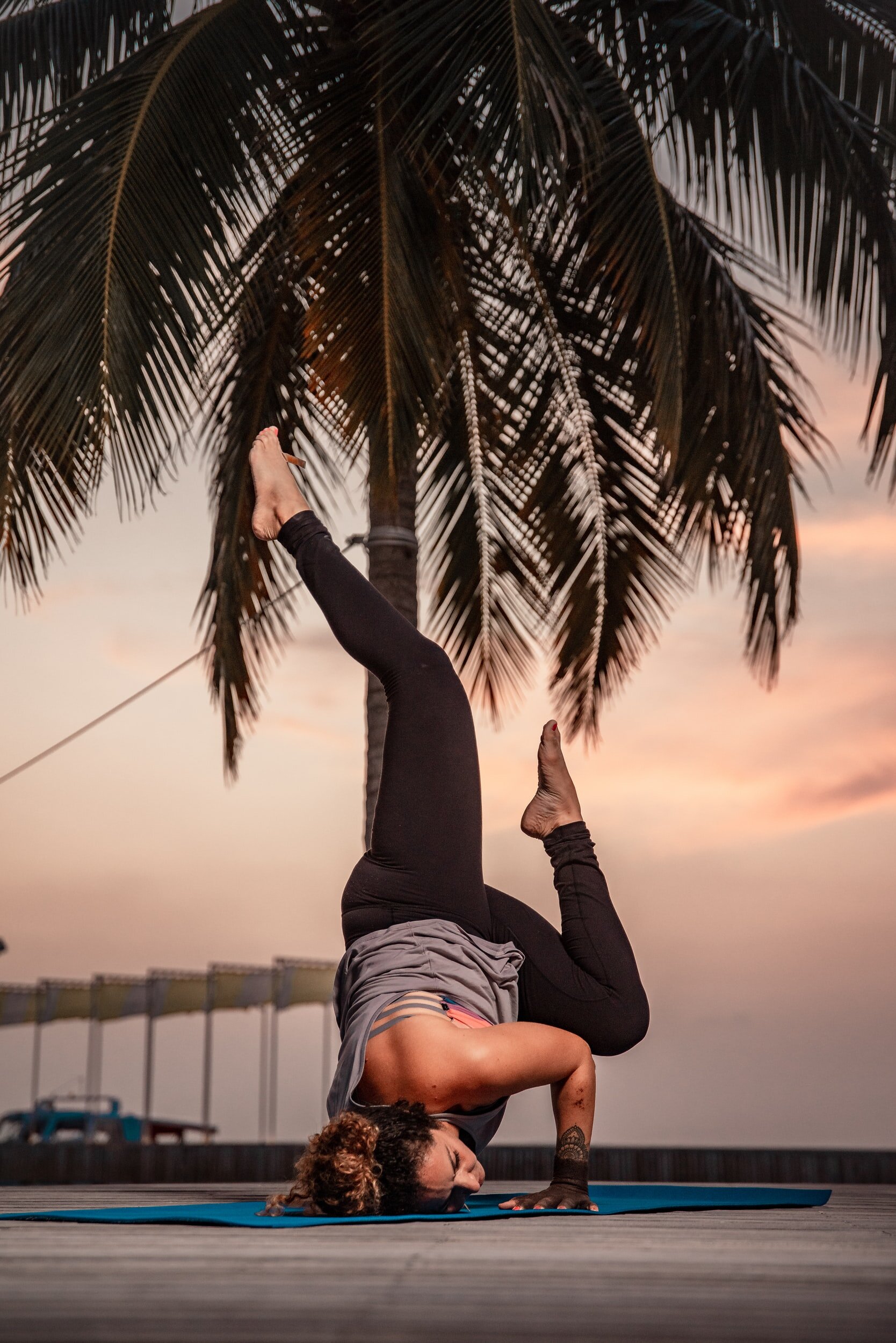
Balance Training
Balance is the ability to maintain control of static and dynamic body position. Weakness and lack of endurance can play a role, as well as sensory input, affecting how the body responds to the environment and obstacles that one may encounter.
There are Three Key Elements to Balance:
Proprioception (Sensory)
Special nerves input information from the muscles and joints by detecting a stretch or pressure of the surrounding tissue. This allows the body to sense it’s position and motion providing feedback for corrections during gait, sitting, standing, and sport activities.
Vision (Sight)
Visual cues are analyzed by the brain to judge depth and distance allowing for appropriate orientation of the body and accommodations during activity.
Vestibular System (Sensory processing)
Within our inner ear the utricle, saccule, and three semicircular canals detect gravity, orientation of the head, movement, equilibrium, and acceleration thus affecting eye movements and balance.
For individuals with balance and gait problems, we utilize various outcome measures to identify your deficits. We then design a program with a focus on correcting the balance, strength, and proprioceptive deficiencies that can lead to increased fall risk during functional ambulation and activities of daily living (ADLs). Endurance and general mobility also play vital roles in the ability to function safely in an ever changing environment. We will discuss your goals in order to create an individual treatment protocol and home exercise program to get you back to moving safely and confidently!
Balance training is also an important component of a comprehensive rehabilitation program for athletes. A thorough evaluation and use of a Functional Movement Screen can be used to locate discrepancies that may be corrected to effectively return to sports.


